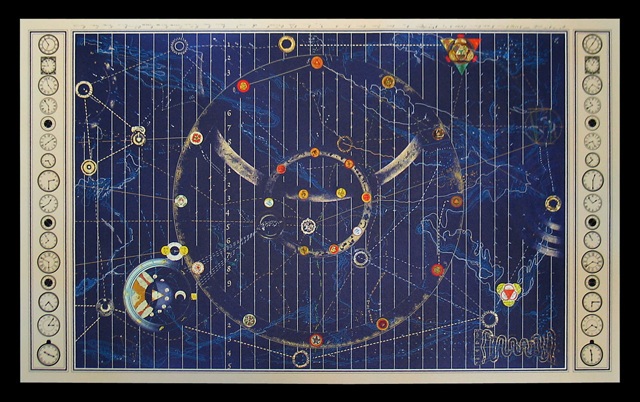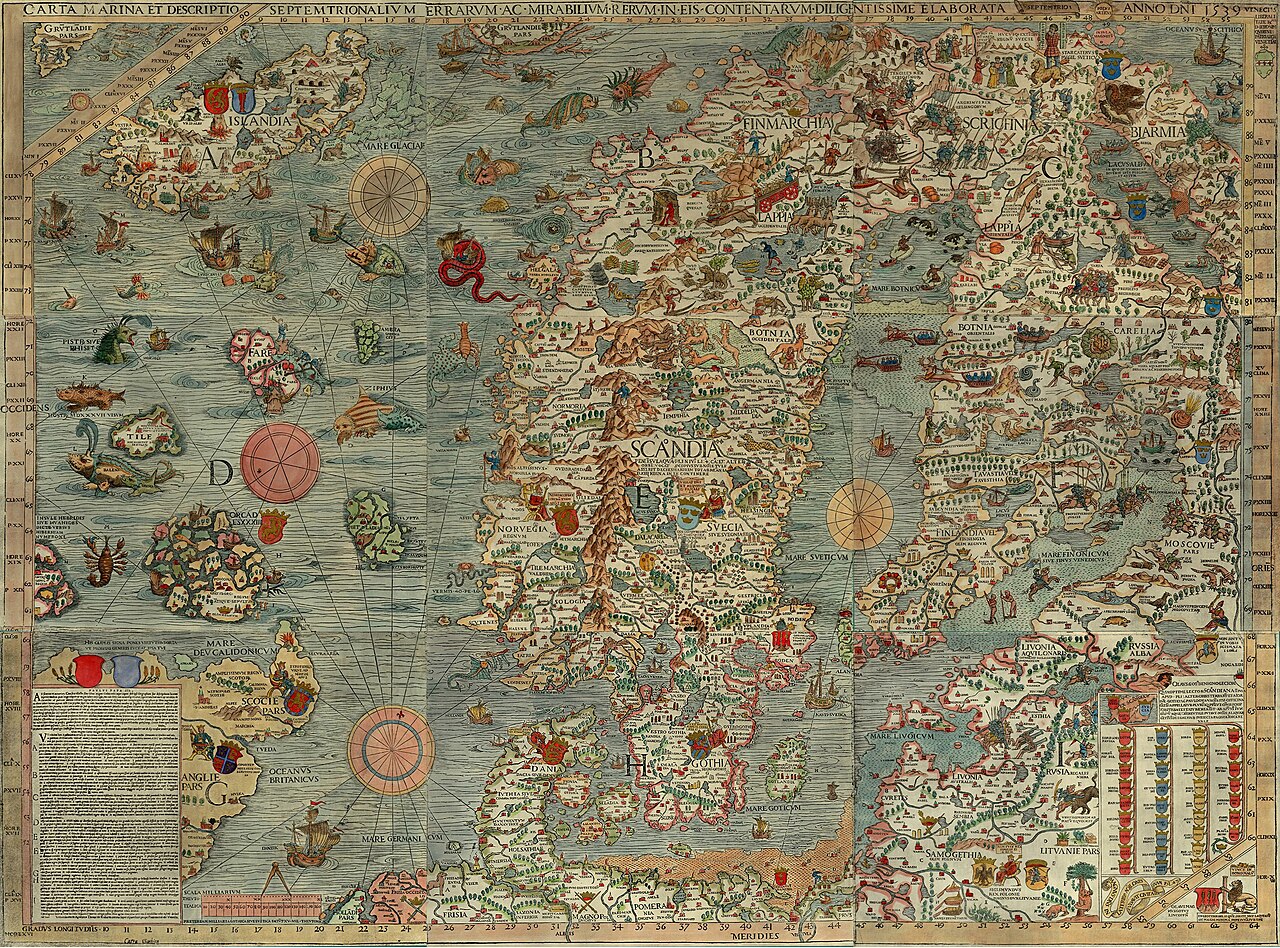
Posted on 05/11/2014 12:12:47 PM PDT by lbryce
It is, if you except the powers of human memory, the closest thing we have to a time machine.
Scientists have created the first realistic model of the universe, capable of recreating 13 billion years of cosmic evolution. The simulation is called “Illustris,” and it renders the universe as a cube (350 million light-years on each side) with, its creators say, unprecedented resolution: The virtual universe uses 12 billion 3-D “pixels,” or resolution elements, to create its rendering. And that rendering includes both normal matter and dark matter.
The rendering, importantly, also includes elliptical and spiral galaxies—bodies that, because of numerical inaccuracies and incomplete physical models, we'd been unable to see with such detail in previous simulations of the universe. It also does a better job than previous renderings of modeling the feedback from star formation, supernova explosions, and supermassive black holes.

YouTube:Illustris Simulation: Most detailed simulation of our Universe
(Excerpt) Read more at theatlantic.com ...
This is wonderful news. Now we can find all those missing socks.
 better than this one???
better than this one??? 
LOL. Exactly.
I like yours better. I can read the little thingys that look like clocks.
There is nothing more boring than everything in the Universe.
There's a good layman's discussion of DE on the Science Channel (about 2.5 minutes). Physicists are baffled by it. It seems to even hide when they actively try to search for it.
With DE we avoid the depressing slow heat-death of the universe as the last star dies burns out with nothing left but a dead cinder.
Instead the universe will entire spectacularly (the Big Rip). And you can actually watch it happen 16+ billion years from now if you travel in an FTL spacecraft. You can actually sit in Douglas Adams' Restaurant at the End of the Universe and drink campaign as watch it all happen, faster and faster. The galaxies will fly apart, then the stars, then the planets, then you.
And then we have dark matter. Again the Standard Model doesn't explain it. There's no reason for it. It's just there. Why? Well, it certainly makes the galaxies pretty to look at. Otherwise they would be featureless fuzzballs. And you have to admit the Hubble images are indeed very pretty.
What's even more improbable is that we can actually see those galaxies. The matter density gradient function has to be balanced on a knife edge to see large structures at literally the opposite end of the universe (by all rights the sky ought to be a gray fog or all black). The Hubble Ultra Deep Field is the most improbable image ever taken.
Take all three together: the DE (Big Rip), DM (cool looking structures as cosmological distances), the UDF (we can actually see those structures). See a pattern?
It's all as if something, or someone, likes to show off His handiwork.
An interesting exercise & graphical application, FWIW. (Part of it looked somewhat like a Doctor Who intro ;-)
The video mentioned that “over a hundred thousand lines of code” were used to generate this simulation – I guess it’s easier to model 13 Billion years of cosmic evolution and Trillions of objects (both seen AND unseen) than it is to come up with a functional on-line Gov’t “healthcare” system...
I tend to think something in the nature of expansion has to exist, to accommodate the travel of light.
One basis for this is phenomena observed known as the Great Attractor. This is an utterly fascinating revealing MUST READ article
Where are the mermaids? (Often a fixture on the earliest maps of the known Earth.)
Dark Energy.
From NASA.
More is unknown than is known. We know how much dark energy there is because we know how it affects the Universe’s expansion. Other than that, it is a complete mystery. But it is an important mystery. It turns out that roughly 68% of the Universe is dark energy. Dark matter makes up about 27%. The rest - everything on Earth, everything ever observed with all of our instruments, all normal matter - adds up to less than 5% of the Universe. Come to think of it, maybe it shouldn’t be called “normal” matter at all, since it is such a small fraction of the Universe.
This is called “Science” today.
The acceptance of an assumption that is necessary to create a model of an assumption.
 a couple of points...
a couple of points... 1)at the start of the video their model is completely asymmetrical, yet over time symmetry evolves, i don't see how either is possible
2)to create a model they need to calculate the center/origin of the universe, where/in what direction do they estimate it is?

Kinda flat looking to me, if it’s the universe where
is all the stuff around it?
Honey, directions to the universe?
Don’t be silly, I know it like the back of my hand.
We only have to go back a couple of parsecs and I’ll
know right where we are...
That map is way more interesting than the video.
And your point is well made too.
 good question, musta got cut from the final release...
good question, musta got cut from the final release...
 there be dragons too...
there be dragons too...
Disclaimer: Opinions posted on Free Republic are those of the individual posters and do not necessarily represent the opinion of Free Republic or its management. All materials posted herein are protected by copyright law and the exemption for fair use of copyrighted works.